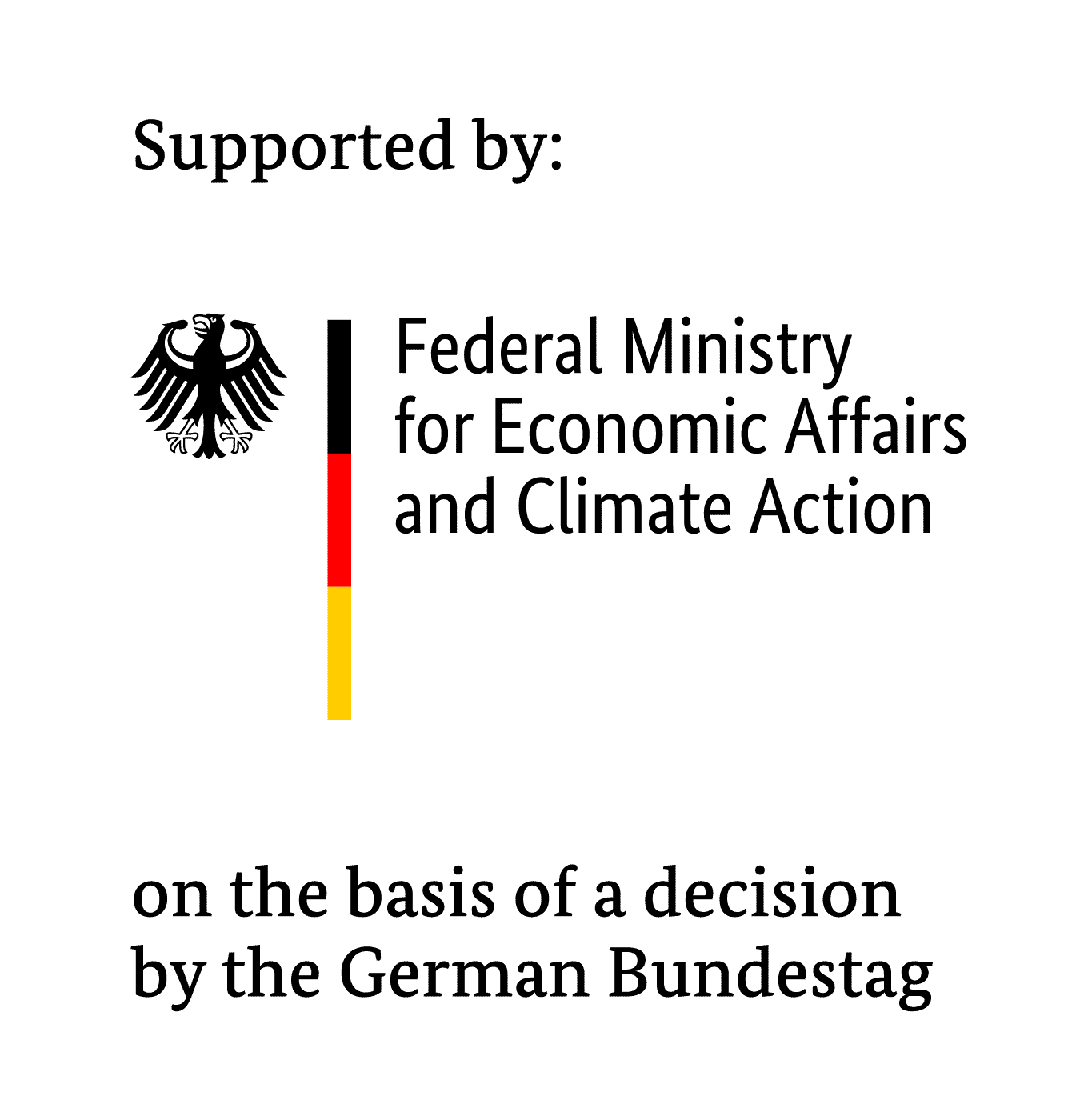Projectname:
Method development for the qualitative and quantitative detection of microplastics in foods, causation and preventive measures
Workgroup: Preservation of food quality
Research Partner an Scientific Guidance:
Financing: BMWK
Duration: 2021 – 2023
Project background The ubiquity of plastics and their decomposition products poses increasing challenges to the economy, society and the entire ecosystem, to which the EU has responded by initiating the European Strategy for Plastics in the Circular Economy. One source of plastic inputs into the environment is microplastics, which consist of tiny plastic fragments with dimensions in the µm range (< 5mm). According to the EU Commission, approximately 75,000 to 300,000 tons of microplastics enter the environment in Europe each year. Microplastics are divided into primary and secondary microplastics. Primary microplastics include plastic particles in the µm range that are used as base material for the manufacture of various products in the cosmetics, hygiene, medical and textile industries. Secondary microplastics, on the other hand, are formed by physical, biological and chemical degradation and decomposition of macroplastic particles and account for the majority of the microplastics that occur.
Project topics In the present project, the first step is to research whether and in which foodstuffs microplastics are present in the human food chain. In a next step, the research partners will identify the sources and pathways of microplastics < 1 mm in our food. Quantification as well as identification of the detected particles will take place in order to draw conclusions about the type of plastic and its origin. The project partners will intensively address the issue of packaging and filling lines as a source of input. In four case studies the input sources in important food groups will be determined. The analytical method developed will be used to evaluate microplastic contamination after generating reliable data, which is important for the participating companies.
Case study I: Packaging and filling lines Plastic packaging is an obvious source of microplastics. Nevertheless, the filling and bottling equipment, which may itself be made of plastic, can contribute to microplastic input. In addition, contamination can also occur through tools that come into contact with plastic packaging. Likewise, the environment (e.g., the ambient air or possible abrasion from immediately adjacent sources of entry) certainly also plays a role here. These possible entry sources represent a contamination risk. Empty packaging, mainly rigid packaging (e.g. yoghurt pots, trays and bottles), transport boxes but also flexible films and tubes in filling plants are investigated. The purpose of this case study is to investigate the influence of the factors packaging and filling lines on microplastic contamination.
Case study II: Water and filtered drinks In the beverage case study, the consortium is focusing on different types of packaging. A study is being prepared that will make it possible to compare single-use and reusable systems in different packaging materials (e.g. glass, plastic, Tetra Pak). Such a broad analysis will allow the project to best elicit the different sources and input pathways. Microplastic contamination could result from the liquid itself, from the filling process, from capping, from storage in the package, from opening and reclosing, etc. Only through a sound detection of the sources can avoidance measures for microplastic input be developed within the project. Liquids without turbidity and milk (if the detection method allows it) will be investigated.
Case study III: Food surfaces (meat, sausage, fish, hard cheese, tofu, etc.) In this case study, the surface-related microplastic contamination of lumpy, non-porous and non-soluble foods will be identified. After a quantitative rinsing process of the food surface under clean ambient conditions, a subsequent filtering of the rinsing water and analysis of the filters, the microplastic particles will be quantified and qualified. Here, for example, negative influencing factors such as interaction due to surface tension or fat-related adhesion must be taken into account in order to produce error-corrected results that form the basis of a validated method. Comprehensive analyses of the foodstuff production chain are to provide information on possible sources of contamination in order to develop avoidance approaches.
Case study IV: Soluble food In this case study, foodstuffs that are soluble in water, ethanol and possibly other solvents and present as particles, such as salt and sugar, are to be investigated. Other powdery foodstuffs also harbor the possibility, depending on the particle diameter, of adsorbing microplastics on the surface or in the intergrain volume, which could have been introduced via the environment (sea salt) or industrial processing (sugar, …). Comprehensive analyses of the bulk material and solutions should provide information on how the microplastics are distributed in the bulk and where the sources for this are located.
Practical advantages for companies

The IGF project presented here by the Research Association of the Industrial Association for Food Technology and Packaging (IVLV e.V.) is funded by the Federal Ministry for Economic Affairs and Climate Action as part of the program for the promotion of industrial community research (IGF) based on a decision of the German Bundestag.